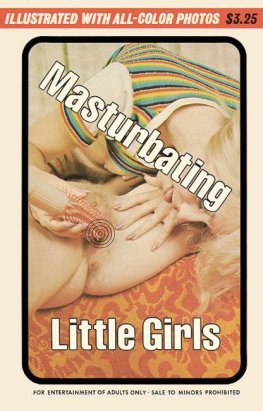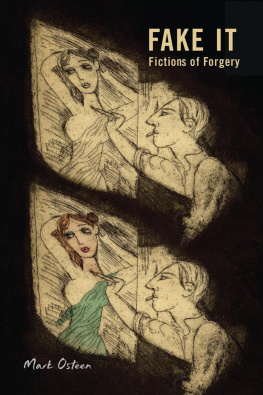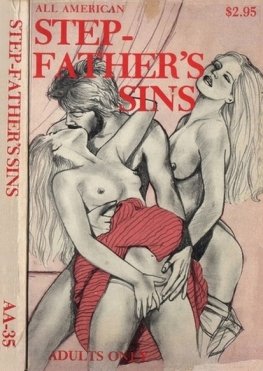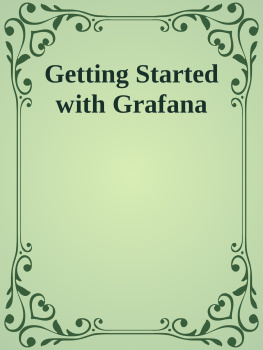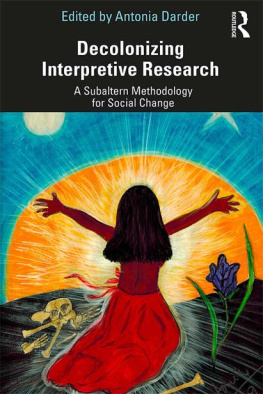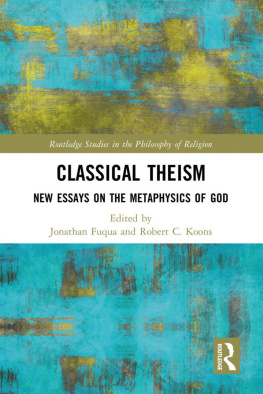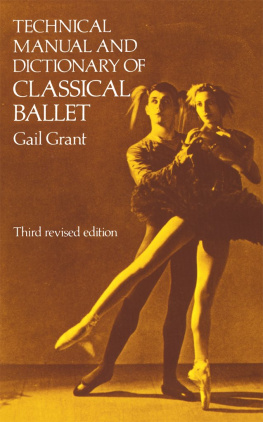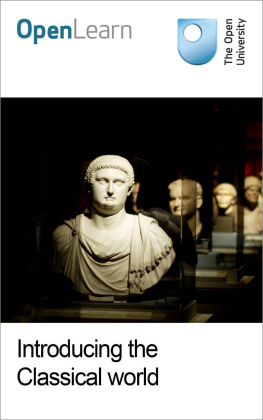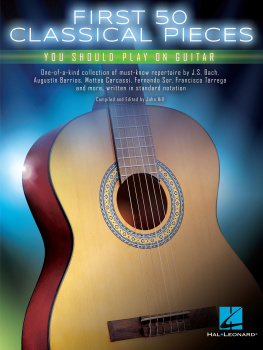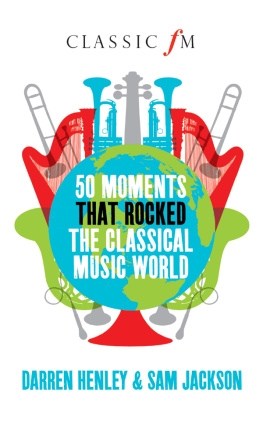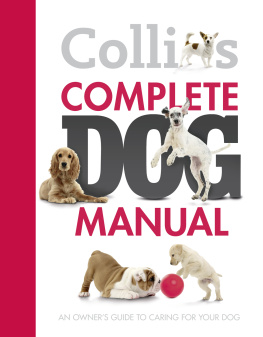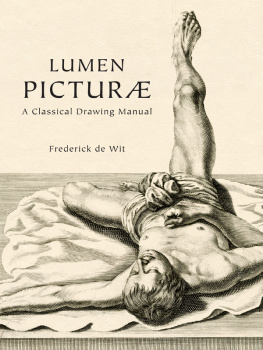The cover image was created by the transcriber and is placed in the public domain.
Foreword
It is perhaps well to state at once that the Manual of Classical Erotology is intended only for Students of the Classics, Lawyers, Psychologists and Medical Men. Those persons, we think, who may peruse it as a means of awakening voluptuous sensations will be severely disappointed. Never did a work more serious issue from the press. Here we have no curious erotic story born of a diseased mind, but a cold, relentless analysis of those human passions which it is ever the object of Science to wrestle with and overthrow.
As a basis also for the correct interpretation of the drama of the ancient world, Forbergs studies are most valuable. Apart from that extraordinary book, Rosenbaums History of the Esoteric Habits, Beliefs and Customs of Antiquity, we know of no other compilation which casts so intense a search-light upon those Crimes, Follies and Perversions of the Sixth Sense which transformed the olden glory of Greece and Rome into a by-word and a reproach amongst the nations.
The present English translation now offered to Scholars is entirely new and strictly exact. No liberties have been taken with the text. It was felt that any attempt to add more colour, or to increase the effect,involving a departure from the lines of stern simplicity laid down by Forberg,would have detracted from the scientific value and character of the work.
The late Isidore Liseux issued in 1882 a French version with Latin text imprim cent exemplaires for himself and friends. This work is now very seldom to be met with because the whole edition was privately subscribed by Scholars and Bibliophiles before its appearance. The thieving copyists went of course immediately to work and some wretched penny-a-liner, utterly ignorant of both Latin and Greek, produced an English transcript full of faults, based only on the French text.
There is no need to add that such a book as this is of no value to the Student as a work of reference, for the faulty and forceless renderings often to be met with in Liseux version are reproduced with charming exactness, while the absence of the original text makes it all the more perilous to accept the work as a guide. Having said this much concerning the only two translations known to us, we proceed to give some account of good master Forberg and what is known of the inception and building up of his chef-duvre.
The eminent Author of this book never became famous. His name is mentioned occasionally in connexion with the Hermaphroditus of Antonio Beccadelli, known by the surname of Panormitanus, which he edited. Brunet, Charles Nodier, and the Bibliographie des Ouvrages relatifs aux Femmes, lAmour et au Mariage, speak of him in this connexion; while a list of his works appears moreover in the Index Locupletissimus Librorum or Bcher-Lexicon (Bibliographical Lexicon) of Christian Gottlob Kayser, Leipzig, 1834. But with the exception of the Allgemeine Deutsche Biographie, the publication of which was commenced in 1878 by the Historical Commission of the Munich Academy, and which has devoted a short notice to him, all Dictionaries and Collections whether of Ancient or of Modern Biography are mute with respect to him. The Conversations-Lexicon and the vast Encyclopaedia of Ersch and Gruber do not contain a single line about him, while Michaud, Didot, Bachelet and Dezobry, Bouillet, Vapereau, utterly ignore his existence. For all that he well deserves a word or two.
Friedrich Karl Forberg was born in the year 1770 at Meuselwitz, in the Duchy of Saxe-Altenburg, and died in 1848 at Hildburghausen. He was a philosopher and a collaborator with Fichte, while he devoted a part of his attention to religious exegesis: but above all he was a philologian, and a humanist,at once learned and inquisitive. He followed first the career of a University-teacher; Privat-docent in 1792, Assistant Professor in the Faculty of Philosophy at Jena (1793), he was installed in 1796 as Co-Rector at Saalfeld. His inaugural thesis: Dissertatio inauguralis de aesthetica transcendentali, is dated 1792 (Jena, 8vo.); this was followed by a Treatise on the Original Conditions and Formal Limitations of Free Will in German and an Extract from my Occasional Writings also in German (1795). From 1796 to 1800 he wrote extensively in defence of the teachings of Fichte in Journals, Reviews, particularly in the Philosophical Magazine of Schmidt, and in sundry publications emanating from Fichte himself. He published moreover: Animadversiones in loca selecta Novi Testamenti (Saalfeld, 1798, 4to.), an Apology for his pretended Atheism, in German (Gotha, 1799, 8vo.). Obligations of Learned Men, in German (Gotha, 1801, 8vo.), etc.
The second part of his life seems to have been devoted entirely to Literature. In 1807 he was appointed as Conservator of the Aulic Library at Coburg, and having had enough of philosophy, he turned his whole attention to the study of Latin and Greek antiquity. Previously to this his tastes had already been revealed by the publication of several pretty editions of the minor Latin erotic poets; these form a collection of six or eight volumes in 16mo., with red margin-lines, and are now very difficult to procure. The discovery he made in the Coburg library of a manuscript of the Hermaphroditus of Panormitanus, offering important new readings and variants from the received text, suggested the idea to him of producing a definitive edition of the work, with copious commentaries.
The said Hermaphroditus so called, because, says La Monnoye, all the filth in connection with both sexes forms the theme of the volume, is a collection of Latin Epigrams filled out with a patchwork of quotations from Virgil, Ovid and Martial, in which memory has a much larger share than imagination, and which has never appeared to us to possess any great literary value. But the mishaps the book has had to encounter, its having been publicly burnt in manuscript in the market places of Bologna, Ferrara and Milan, the anathemas hurled against it by some savants, and the favour with which it was received by others, who were glad to awaken by its perusal old reminiscences, have given it a kind of reputation. The Abb Mercier de Saint-Lger was the first to publish it in Paris, together with the works of four other poets of the same sort: Ramusius de Rimini, Pacificus Maximus, Jovianus Pontanus, and Joannes Secundus. But Forberg, whilst fully appreciating the work and particularly the courage of the learned Frenchman, found much to find fault with; the Epigrams of Panormitanus were not numbered, which made citations from them troublesome, a great number of readings were faulty, and, thanks to his manuscript, he could correct them; lastly, Mercier de Saint-Lger had omitted to give any running commentary on his author, to explain his text by means of notes and the comparison of parallel passages, whereas, according to Forberg a book of this character required notes by tens and hundreds, each verse, each hemistich, each word, offering matter for philosophical reflections and highly interesting comparisons. He therefore took the book in hand and began to collect with inquisitive care everything the Ancients had written upon the delicate subjects treated in the Hermaphroditus.



